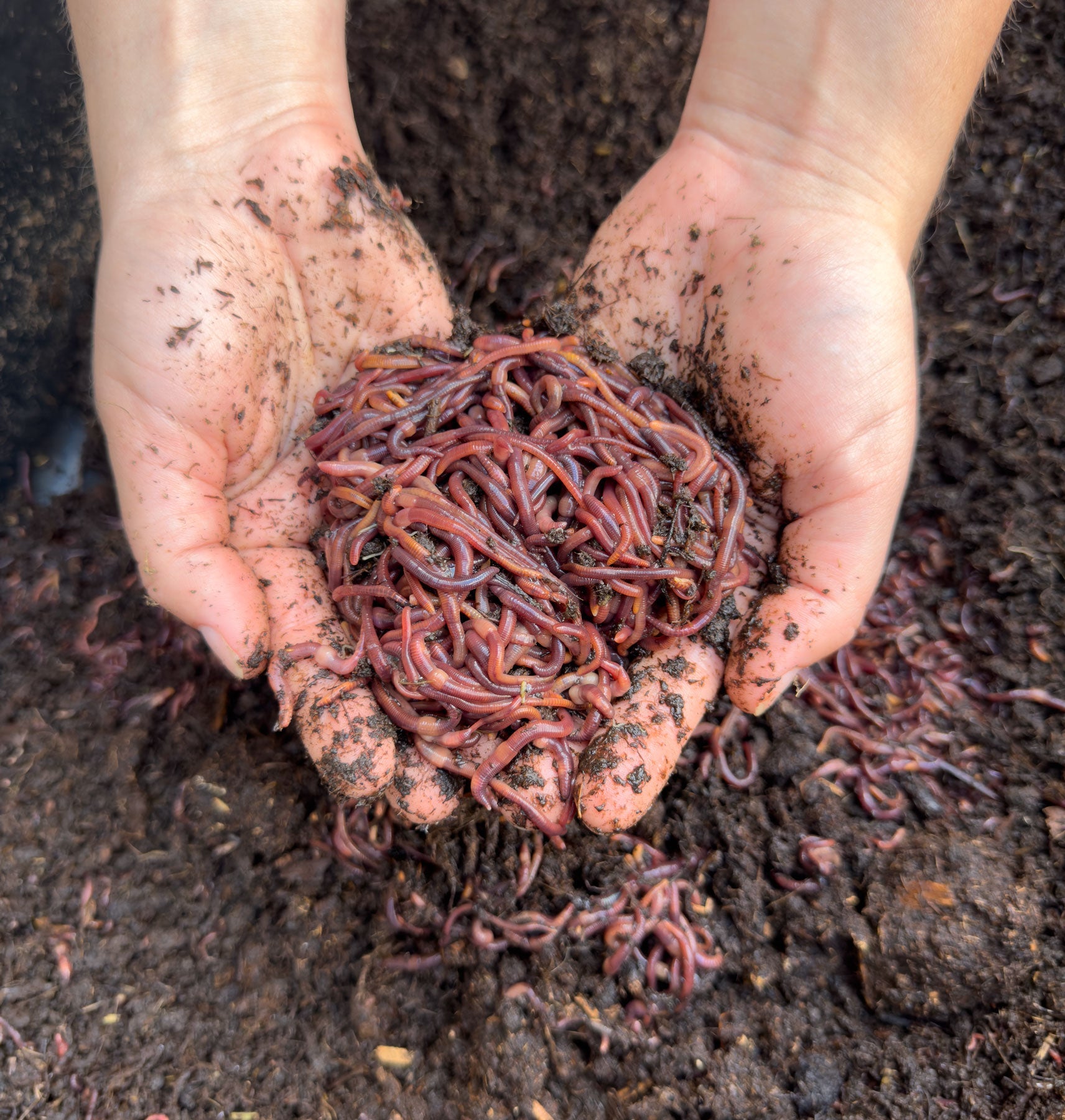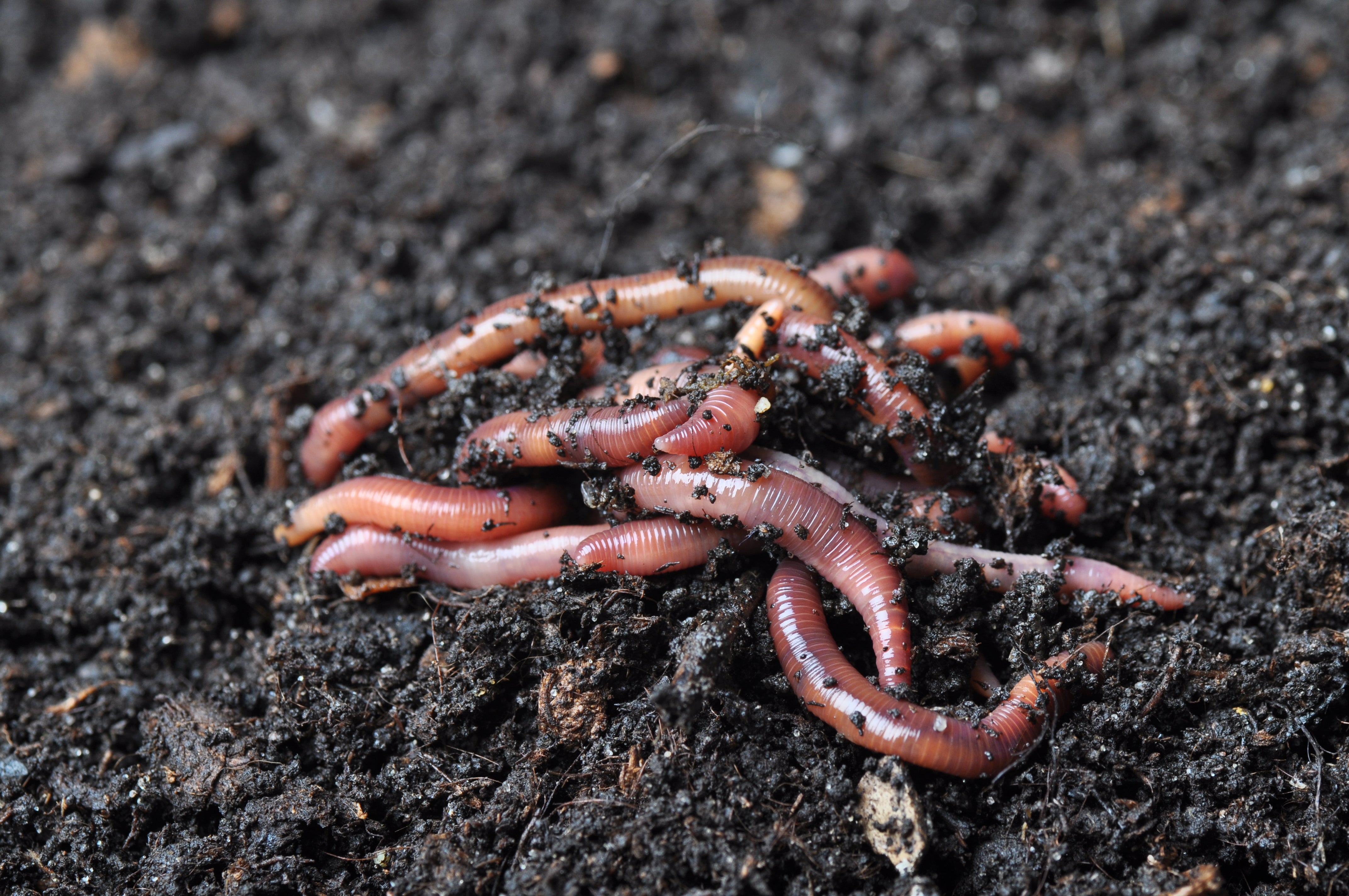Discover How Lake Hickory Bait Can Improve Your Lawn’s Growth and Vitality
Discover How Lake Hickory Bait Can Improve Your Lawn’s Growth and Vitality
Blog Article
Red Wigglers: The Unsung Heroes of Organic Waste Recycling
Red wigglers, or Eisenia fetida, offer as important agents in the organic waste reusing process, transforming discarded products right into important vermicompost. Their efficient break down of natural issue not just improves soil quality yet also adds to lasting waste monitoring techniques. As the globe increasingly seeks remedies to battle waste build-up and improve farming performance, understanding the duty of these worms becomes vital. What systems allow them to grow in garden compost environments, and how can they be effectively utilized in both domestic and business settings? Discovering these concerns exposes the broader implications of vermicomposting in our environmental landscape.
What Are Red Wigglers?
The impressive strength of red wigglers, clinically called Eisenia fetida, emphasizes their vital duty in organic waste recycling. These little, reddish-brown earthworms are typically located in decaying organic matter, such as compost piles and manure stacks. Lake Hickory Bait. Unlike various other earthworm species, red wigglers grow in nutrient-rich settings and are extremely efficient at breaking down natural materials, making them important for vermicomposting

(Red Wiggler Express)In enhancement to their function in waste reduction, red wigglers add to dirt health by improving dirt structure and oygenation with their delving tasks (Lake Hickory Bait). Their visibility in composting systems not just enhances decay prices yet likewise promotes a lasting approach to waste monitoring, showing their significance in ecological conservation initiatives
Advantages of Composting With Worms
Composting with worms, particularly red wigglers, supplies numerous advantages that boost both waste monitoring and dirt health and wellness. Initially, these worms efficiently damage down organic waste, converting it right into nutrient-rich vermicompost that enriches soil. This process accelerates disintegration, enabling a quicker recycling of kitchen scraps and other organic products contrasted to typical composting techniques.
Furthermore, the vermicompost generated by red wigglers is brimming with helpful microbes, which aid improve soil framework, oygenation, and moisture retention. This boosts the general wellness of plants, advertising energetic development and raised yields in gardens and farming setups. Furthermore, the usage of worms in composting minimizes the manufacturing of greenhouse gases, such as methane, contributing to a more sustainable waste monitoring system.

Just How to Beginning Vermicomposting
Establishing a vermicomposting system is a simple process that can yield substantial benefits for both waste monitoring and soil enrichment. To start, choose an appropriate container, such as a plastic bin or wood box, with adequate ventilation holes to ensure appropriate airflow. The measurements must ideally be about 2 feet by 3 feet, permitting enough space for the worms to flourish.
Following, prepare bed linens material, which can include shredded paper, cardboard, or coconut coir. This bed linen must be moistened to produce a suitable environment for the worms. Once the bed linen is in location, introduce red wigglers (Eisenia fetida) right into the bin, typically around one extra pound of worms for every square foot of area.
Following the placement of worms, add natural waste, such as fruit and vegetable scraps, coffee premises, and smashed eggshells. With these actions, you will properly launch a vermicomposting system that adds to sustainable waste management and enriches your soil.
Maintaining a Healthy And Balanced Worm Bin
(Lake Rhodhiss Bait)Maintaining a worm container growing needs regular focus and like ensure the health of the red wigglers and the efficiency of the composting process. Appropriate maintenance starts with keeping track of the moisture degrees; the container must perspire but not waterlogged. A good guideline is to keep an uniformity comparable to a wrung-out sponge.
Carefully blending the bedding and food scraps every few weeks stops compaction and ensures that all worms have access to oxygen. Furthermore, it is vital to feed the worms suitably.
Temperature policy is another crucial element. Red wigglers grow in a variety of 55 to 77 degrees Fahrenheit. If the container becomes too warm or cool, the worms may end up being stressed - Lake Hickory Bait. Periodically check for indicators of wellness, such as worm populace growth and the existence of healthy and balanced castings. By diligently handling these elements, one can preserve a robust and productive worm container.
Influence On Sustainable Living
The effective maintenance of a worm container not only profits the wellness of red wigglers yet also adds significantly to sustainable living practices. By recycling natural waste, such as kitchen scraps and backyard debris, red wigglers aid divert significant quantities of material from land fills. This decrease in waste not just lowers greenhouse gas emissions however likewise lessens the environmental worry linked with waste management.
Furthermore, the castings produced by red wigglers offer as a nutrient-rich natural plant food, enhancing dirt health and advertising plant growth. This all-natural option to chemical fertilizers sustains lasting agriculture and horticulture techniques, reducing reliance on artificial inputs that can hurt environments. In addition, worm composting fosters awareness of waste management, motivating individuals and communities to embrace even more sustainable habits.

Verdict
In summary, red wigglers act as crucial factors to natural waste recycling through their effective decomposition of organic products. Their capacity to produce nutrient-rich vermicompost improves dirt health and sustains lasting farming practices. By incorporating vermicomposting right into waste management methods, individuals and neighborhoods can considerably decrease waste while advertising environmental sustainability. The function of Eisenia fetida in cultivating healthy ecosystems emphasizes the importance of these organisms in attaining sustainable living and boosting dirt fertility.
Report this page